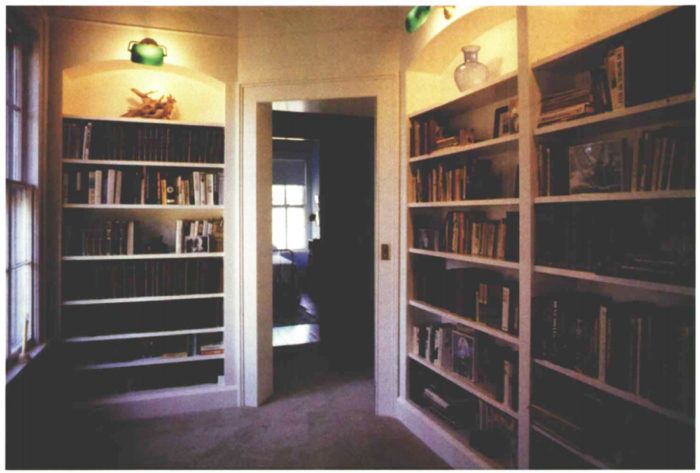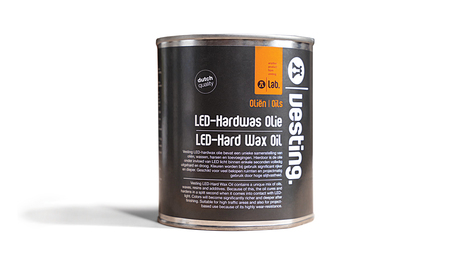
Synopsis: This article describes the variety of hardware and shelving that can be used to make bookshelves and cases. A sidebar in the PDF below lists sources for hardware, some of them not the usual suspects. The author includes good tips on how much distance shelves can comfortably span.
It’s hard to define the quintessential bookshelf. The one above my writing desk, for example—a plastic-laminated particleboard shelf supported by three inexpensive metal wall brackets—was quick to build and perfectly suits my needs. The fixed shelf puts my reference books within arm’s reach of my chair, and foam-padded steel bookends that I got at WalMart keep them from falling off. Thos. Moser Cabinetmakers’ furniture-grade cherry bookcases, on the other hand, are designed to be heirlooms.
Between these two extremes lie a wide variety of shelving options. Basically, though, bookshelves are either housed in bookcases or supported by wall brackets (unless they’re propped on milk crates or cinder blocks), and they’re either fixed or adjustable. To my mind, the best shelving systems complement their surroundings and don’t droop when they’re loaded with books.
This article contains food for thought on designing bookshelves, plus an appraisal of shelving materials and hardware. Of course, this information can be applied to virtually any type of shelving.
Measure the books, and size the shelves
Standard paperback books are about 4 in. wide (from the spine to the outside edge), but my binders, portfolios and biggest reference books are about 11 in. wide. Unless shelves will be used for storing old LP records (which are 12-1/4 in. wide) or giant art books, you’ll rarely need to make bookshelves that are more than 11 in. deep. Some shops make 8-in. to 10-in. deep shelves and let wide books overhang.
If a series of shelves will be fixed in a bookcase or on nonadjustable wall brackets, measure the heights of the books that will be stored on them and space the shelves accordingly. Books range in height from about 6¾ in. tall for standard paperbacks to well over 12 in. tall, but most are in the 8 in. to 12 in. range. Don’t forget to add ¾in. to 1 in. of clearance above the books to allow fingers to grip them.
Shelf standards and hole-mounted clips make bookcases adjustable
Unless they’re required for structural integrity, fixed shelves are probably unnecessary in bookcases. Adjustable shelves take much of the worry out of planning, offer more long-term flexibility and often result in more shelves fitting into a given space. The joinery for a bookcase without fixed shelves is simplified because you’re basically just building a big box. Also, the supporting hardware for adjustable shelves is relatively inexpensive and easy to install.
For more photos and details on bookshelf basics, click the View PDF button below.

























